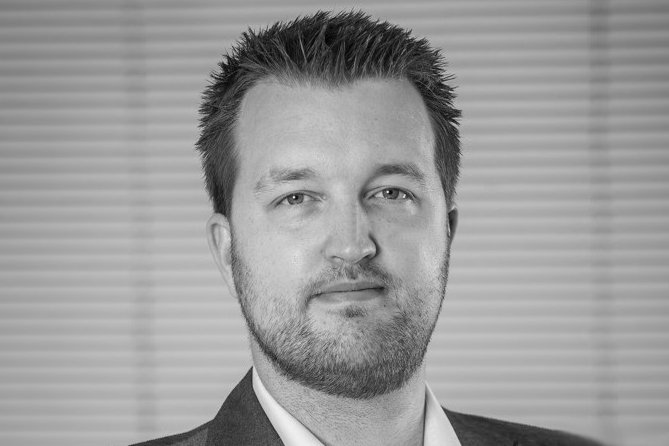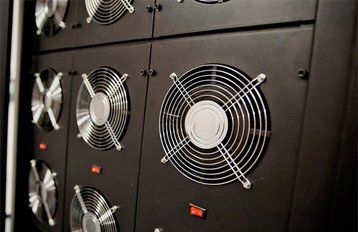When planning any new data facility, energy efficiency will always be high on the agenda. Clients are looking to streamline their operations in response to financial, regulatory and CSR pressures. This has led to an understandable but sometimes all-consuming focus on achieving the best power usage effectiveness (PUE) metric. While the intent may be laudable, too great a fixation on what may look best on paper comes with the potential for unnecessary risk and unachievable expectations.
In this context, efficient does not necessarily mean effective. Focusing too heavily on energy efficiency without fully understanding its long term implications can create hidden costs elsewhere and in the worst cases, cancel out any savings for the customer. Some popular energy efficiency methods can actually increase the risk of downtime unless they are employed with careful consideration.
It’s not all about cost
One example is fresh air cooling. This is often considered to be one of the most appealing eco-friendly cooling methods due to how cost-effective it can appear on paper, particularly for facilities located in colder climates. However, the long term operational considerations are much more complicated.
Direct fresh air is easily contaminated by pollution and if in close proximity to the sea, salt, which can damage hardware and lead to replacement costs that can have significant financial implications.
Preventing damage requires more regular cleaning and maintenance, which naturally carries additional costs that can quickly eat into any savings made through lower energy spend. Also, the type of back-up system required to maintain availability and resilience, in the event of this type of system being unavailable, needs to be considered in the overall TCO.
Fresh air also requires more complex and costly controls, especially if fire detection and suppression system are involved. These additional complex detection and damper systems, and the associated maintenance costs, are often missed in early discussions around ROI.
Another example is the impending stringent changes to F-Gas legislation, bringing price rises related to the management of stalwart gases such as R404A and R410A. This could have a large impact on pumped refrigerant DX systems, which offer lower capital costs but can lead to significant maintenance issues.
People are naturally drawn to metrics, particularly as a way to compare their critical environments to other facilities in the market, which can be useful. However, metrics can be deliberately manipulated to appear more efficient, and the reality can be very different than expected. For example, PUE can be driven up by increasing rack temperatures but may actually have very little effect on savings. Any energy costs saved in turning down cooling systems is simply shifted to server fans so PUE metrics may appear more attractive, without actually having any impact on the efficiency.
Too great a focus on ‘Design PUE’ can lead to poorly aligned expectations and budgets because it is calculated under the assumption that a facility will be operating at 100 per cent load capacity, which in reality, rarely happens.
The prospect of a lower upfront investment may make for an attractive proposal, but without a full appreciation of likely operating load profile, maintenance and repair costs, any savings can be eliminated in the longer term.
Consultancy and collaboration at the design stage are key to preventing this from occurring. Involving all stakeholders in the design process will help ensure the operation of the data center is considered from the outset and any potential pitfalls are flagged before it’s too late. Taking a wider, consultative approach can also provide a stronger case to clients who may be fixated on implementing a design that gives the biggest ‘perceived’ cost savings. Being able to offer guidance from all teams involved in the design, build, maintenance and operation of the final facility can add weight to the argument for methods that may cost a little more, but offer greater long term efficiency and resilience.
Efficiency should remain a key priority for the industry, but it needs to go beyond just ticking a box and metrics. By taking a step back and considering a data center’s lifecycle rather than just initial costs, developers can help their customers gain facilities that help save money and energy throughout the course of its use.
Richard Clifford is a consultant at Keysource, a British design, build and management consultancy specializing in data centers



